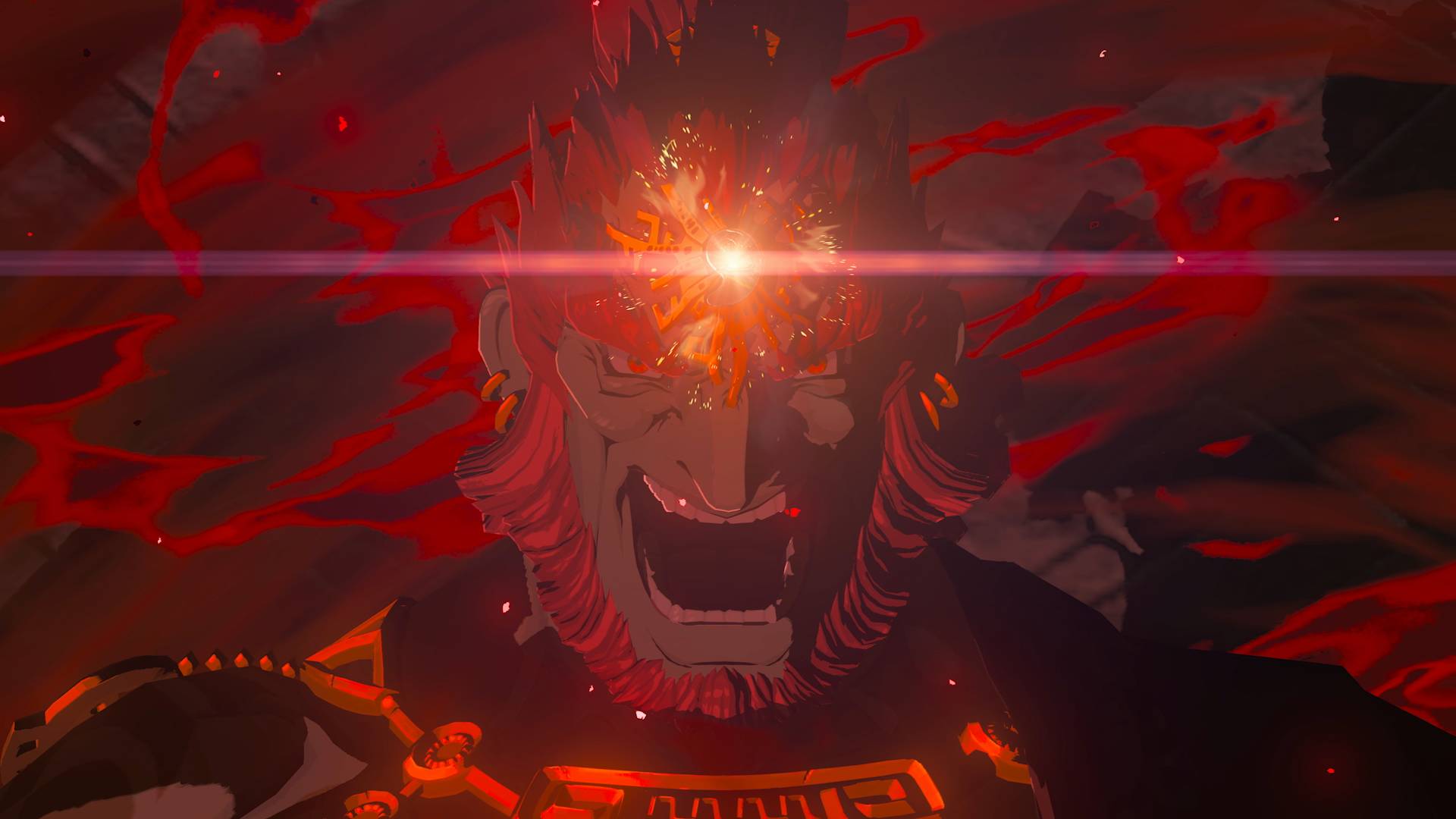Zelda dev says "the true menace" of Tears of the Kingdom wasn't Ganondorf, but the programming that would have let players destroy the world
Tears of the Kingdom's world "fell apart" during development

The Legend of Zelda: Tears of the Kingdom is a seriously impressive game, especially when it comes to its flexible, physics-driven world that allows players to construct whatever wacky contraptions they want during their journey across Hyrule. According to the game's lead physics programmer, Takahiro Takayama, mastering these physics was absolutely crucial in order to give players full creative freedom, without the fear of them destroying the world even more effectively than Ganondorf.
In a presentation at GDC 2024 in March, Takayama admitted that during the development of Tears of the Kingdom, not everything ran as smoothly as it was supposed to right away. "As expected, the world fell apart," Takayama said, showcasing a series of clips of Ultrahand creations rapidly spinning, horses being sent flying into the air, and Link bouncing up and down, out of control. "At this rate, the world will destroy itself before Ganondorf comes back."
With this began the development team's fight against the "true menace" of the game. During the talk, Takayama explains that a large part of this effort was making Tears of the Kingdom's world entirely physics-driven, meaning that all objects have mass, and can be controlled using factors like velocity and acceleration.
On the other hand, non-physics-driven objects move rigidly, based on the animation affecting them, with an infinite mass that can break down a physics-based calculation. These were utilized "quite a bit" in the early stages of Tears of the Kingdom's development, and ended up causing big issues, such as gates clipping through things placed underneath them, and objects generally not behaving as you'd expect.
"Practically speaking, this meant chaos for us," Takayama continued. "The clash between these non-physics-driven objects and Ultrahand, with its high degree of freedom, caused daily problems all over the land of Hyrule. [...] I would hear things like, 'It broke!' Or, 'It went flying!' And I would respond, 'I know, we'll deal with it later. Just focus on getting the gameplay in there and trying it out.'"
By changing everything to be physics-driven, with dynamic rigid bodies and constraints, "regardless of what the player does, we have a world free from self-destruction." He added: "This is what allowed us to create a world in which players can freely translate their creativity and imagination into action without destroying the world."
All of these efforts paid off in the end, anyway, as players are able to solve puzzles in a variety of innovative ways, make themselves handy little hovercrafts to traverse in, and create, uh, whatever this weird phallic thing is. Look, if you're offering players true freedom, stuff like that is bound to happen eventually.
Sign up to the GamesRadar+ Newsletter
Weekly digests, tales from the communities you love, and more
Be sure to check out our top 10 Zelda Tears of the Kingdom tips, tricks and secrets to keep in mind for your adventures around Hyrule.

I'm one of GamesRadar+'s news writers, who works alongside the rest of the news team to deliver cool gaming stories that we love. After spending more hours than I can count filling The University of Sheffield's student newspaper with Pokemon and indie game content, and picking up a degree in Journalism Studies, I started my career at GAMINGbible where I worked as a journalist for over a year and a half. I then became TechRadar Gaming's news writer, where I sourced stories and wrote about all sorts of intriguing topics. In my spare time, you're sure to find me on my Nintendo Switch or PS5 playing through story-driven RPGs like Xenoblade Chronicles and Persona 5 Royal, nuzlocking old Pokemon games, or going for a Victory Royale in Fortnite.


